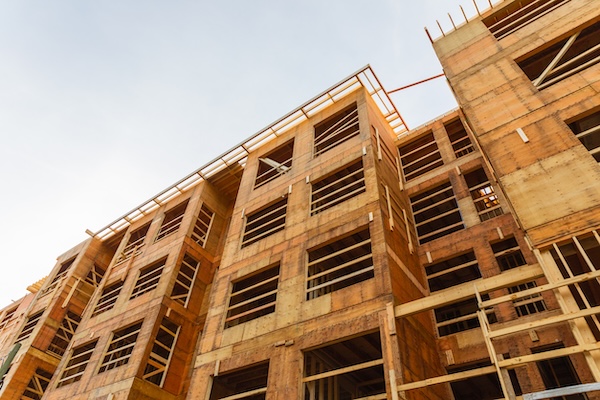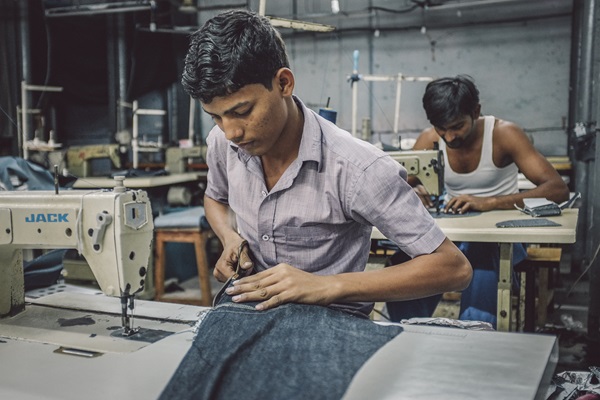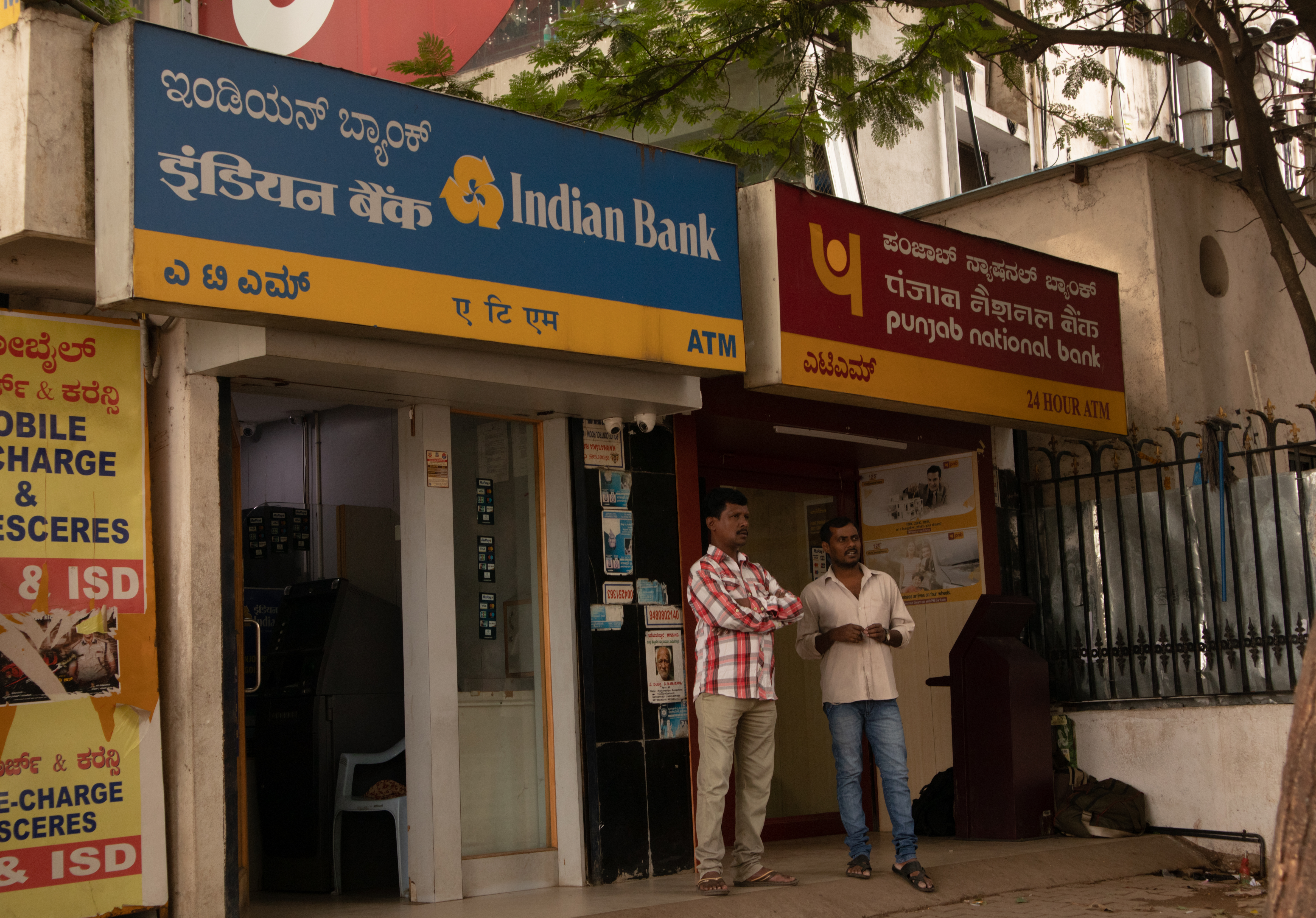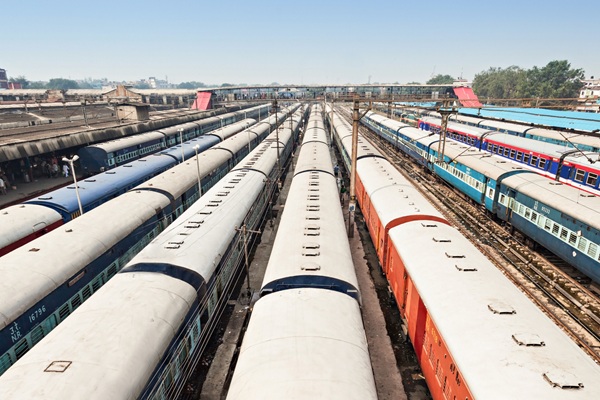.png)

Shilpashree Venkatesh is a research professional with expertise in macroeconomics, real estate, and infrastructure, focused on growth trends.
October 31, 2025 at 7:20 AM IST
When India announced the Pradhan Mantri Awas Yojana in 2015, it was more than a welfare scheme. It was a national aspiration: to make “Housing for All” a living reality. For the first time, owning a home wasn’t just about shelter. It was about dignity, stability, and empowerment.
The idea itself was bold. Unlike older housing schemes that stopped at constructing dwellings, PMAY tried to blend policy with participation. It linked housing with credit access, and welfare with financial inclusion. By offering subsidised loans and connecting first-time homeowners — many of them women — with the formal banking system, the scheme gave low-income families not only homes, but a stake in the economy.
Nine years later, the scale of what’s been built is staggering. Nearly 39 million homes have been sanctioned under the rural component and another 12 million in urban areas. Beyond that, PMAY has energised the construction economy, boosting demand for materials such as cement and steel, and generating employment for millions. The intent was right. The impact, though, remains uneven.
Because numbers tell only part of the story.
Stubborn Gaps
The rural programme has delivered relatively well. Completion rates are high, and administrative hurdles fewer. The urban arm, however, reveals a more complicated picture. Of the houses sanctioned under PMAY-Urban, roughly 76% are complete — respectable, but still short of what’s needed in a country urbanising as rapidly as India.
Within PMAY-Urban, two components dominate: beneficiary-led construction and the interest subsidy scheme. They’re easier to roll out, but reach only a fraction of those in greatest need, especially the Economically Weaker Sections.
The In-Situ Slum Redevelopment component, designed to rebuild existing slums into liveable communities, has struggled. Only around 1.7 million homes, which is about 14% of the total sanctioned, fall under it. The reasons are familiar: messy land titles, sluggish approvals, and lack of interest from developers, who see little financial return. Unless this part of the scheme is revived, PMAY will remain a halfway promise.
Access to finance is another weak link. Subsidised loans are meaningful only if people can actually get them. But many urban poor still can’t. Their jobs are informal, incomes irregular, documents incomplete. Banks and housing finance companies remain wary. As of 2024, only 16% of all housing loans went to EWS households. For a scheme built on inclusion, that number should trouble policymakers.
Then comes the issue of location. Far too many “affordable” housing projects sit on the fringes of cities where land is cheaper but life is harder. Connectivity is poor, water and sanitation unreliable, jobs far away. In places like Delhi and Mumbai, entire clusters of completed homes stand half-empty. The houses exist — but the communities they were meant to anchor never took shape.
The pattern across states is just as uneven. Uttar Pradesh, Andhra Pradesh and Maharashtra have done relatively well, while others continue to lag due to weak institutions, slow fund transfers, and coordination gaps between central and local authorities. Intent is not the problem; implementation is.
Course Correction
If the first phase of PMAY was about building fast, the next must be about building right.
Rental housing is one obvious gap. Millions of migrant and informal workers move frequently between jobs and cities. For them, buying a home is neither realistic nor desirable. A well-designed rental housing policy could offer security without the financial strain of ownership.
Equally important is to stop treating housing as an isolated sector. A home without transport, healthcare, or schooling nearby isn’t really an opportunity — it’s a burden. Clustered developments that integrate housing with urban services could make the difference between an address and a community.
The Centre, meanwhile, must trust states with more flexibility. Conditions vary too widely for one uniform model to work. Stronger urban local bodies, simpler land-use rules, and transparent partnerships with private developers can make delivery more efficient and equitable.
The private sector, too, needs to see a role beyond contracts, as partners in building viable, mixed-income neighbourhoods. Risk-sharing models and viability-gap funding can make this commercially feasible.
Above all, the government must rethink how it measures success. Counting houses may look good in dashboards and reports, but the real question is simpler: are people actually living in them?
The next stage of PMAY must move beyond statistics to something more human: homes that connect people to opportunities, not push them to the margins. “Housing for All” was never only about ownership; it was about belonging.
The views and opinions expressed in this article are solely those of the author and do not necessarily reflect the official position of any organisation or institution the author may be associated with.




